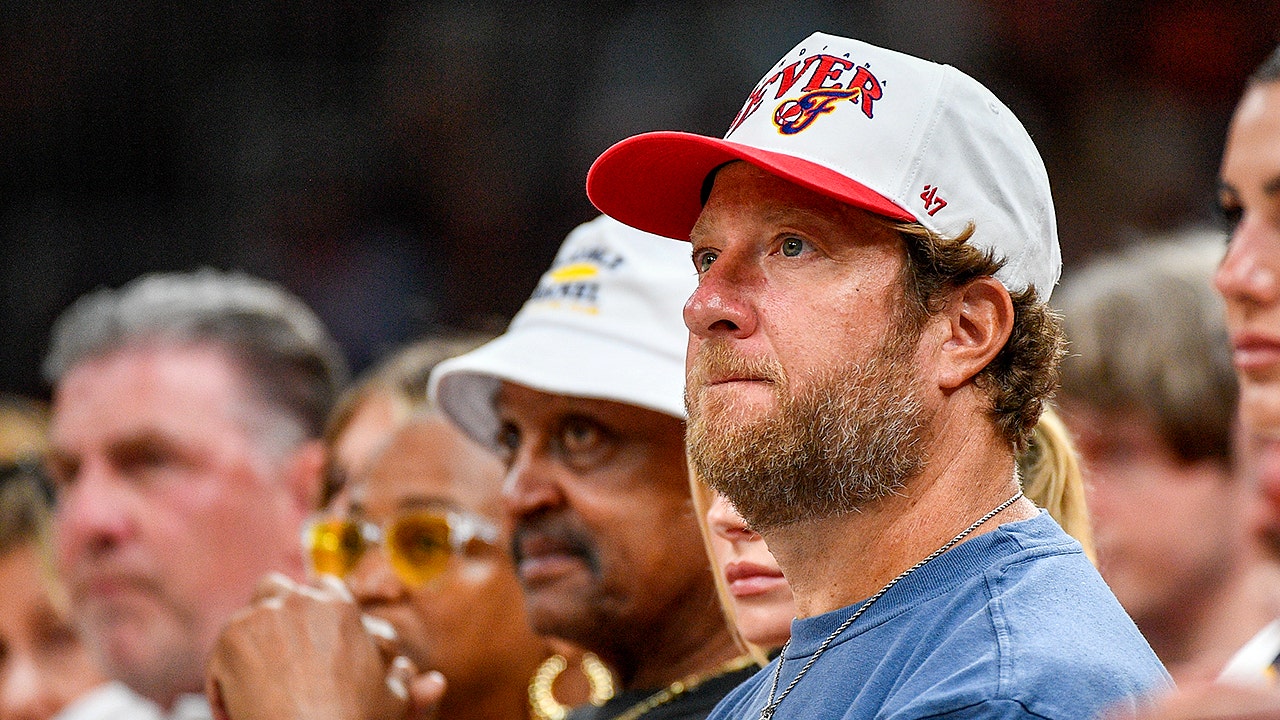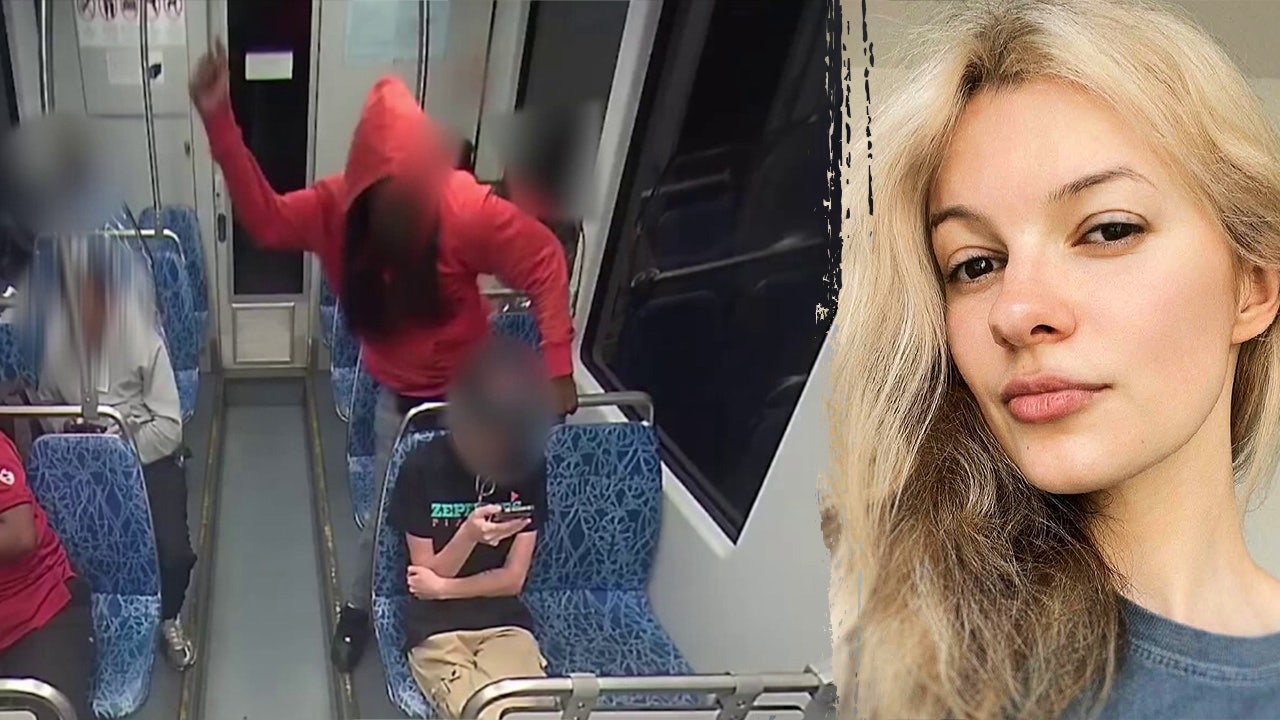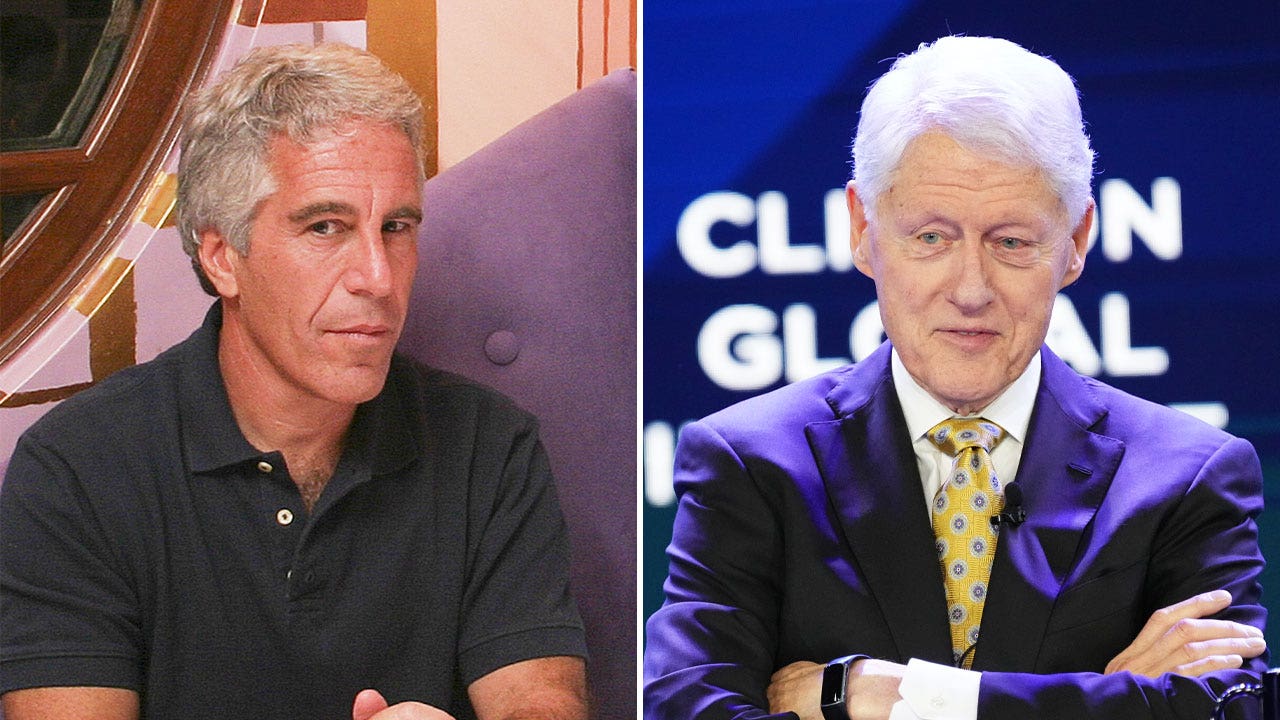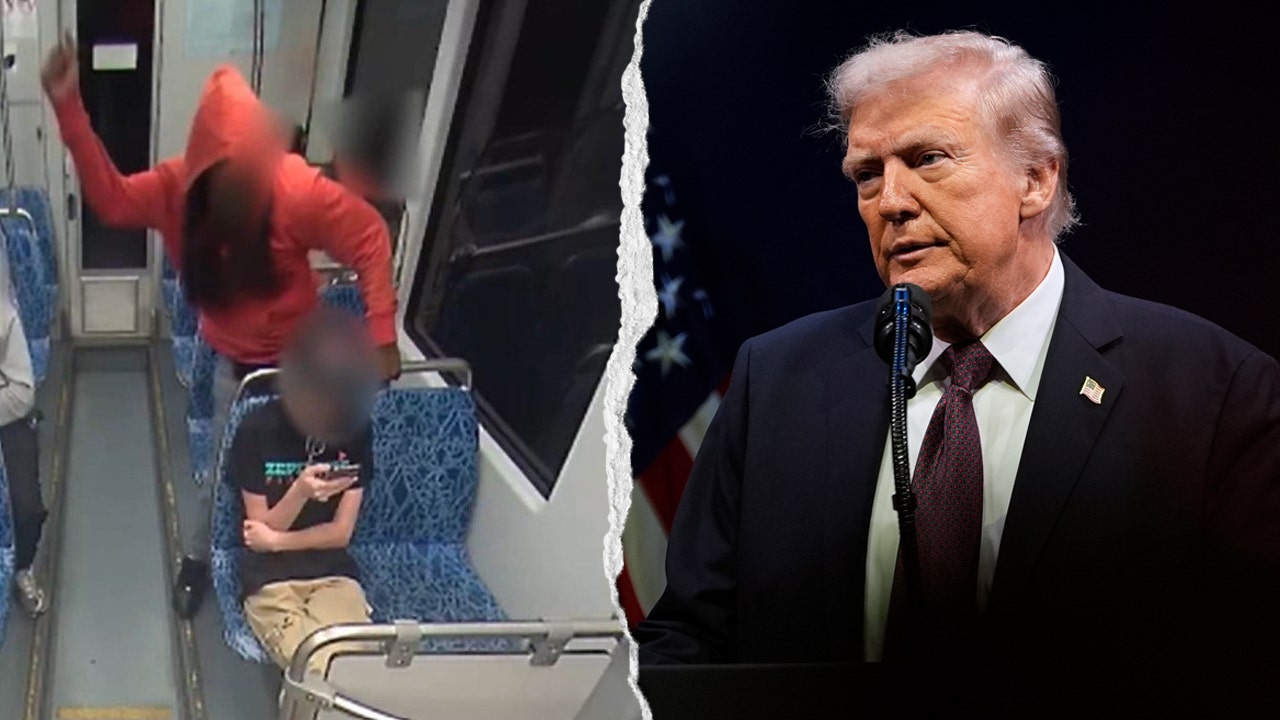NYC City Council speaker Adrienne Adams running for mayor
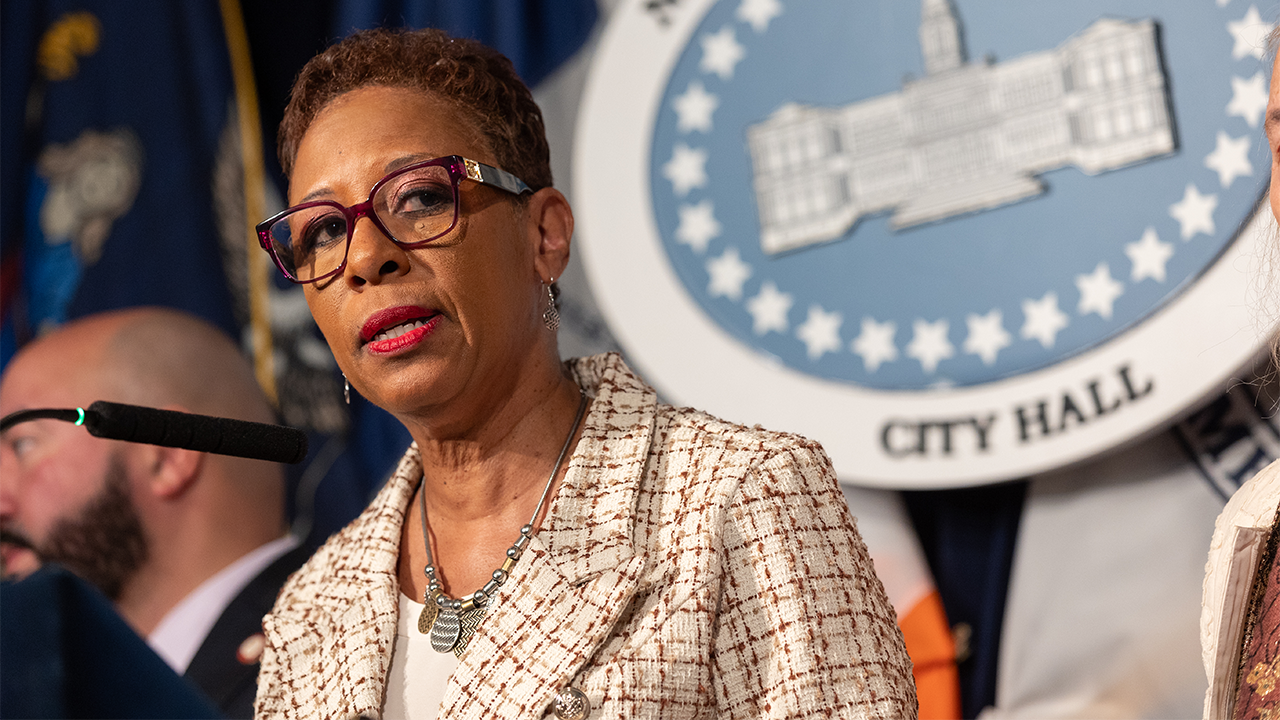
Former New York Gov. Andrew Cuomo is facing a new Democratic challenger in his bid to replace Eric Adams as New York City Mayor. New York City Council Speaker Adrienne Adams, 64, will officially launch her campaign with a rally over the weekend, according to reports from FOX 5 NYC.
Adams is expected to immediately petition to secure ballot access as the Democratic primary is just four months away. In a statement to media outlets, Adams expressed concerns about the affordability of living in the city, the chaos at City Hall, and alleged that President Donald Trump was corrupting the city’s independence.
“It’s time to stand up. I never planned to run for Mayor, but I’m not giving up on New York City,” Adams said in a statement shared with Politico.
Adams, who was first elected to the city council in 2017 and became the first Black council speaker five years later, is the latest high-profile figure to challenge front-runner Andrew Cuomo in the race to replace Eric Adams as Mayor of New York City. Cuomo resigned in 2021 after a report released by the state attorney general found that he had sexually harassed nearly a dozen women.
Cuomo has apologized for offending the women with remarks he said were intended to be collegial, but denied touching anyone inappropriately and claimed the investigation of his conduct was flawed and politically motivated.
The race for mayor comes after Eric Adams was indicted in September on federal corruption charges. Adams is currently facing criticism after the Justice Department, under Trump’s leadership, requested to drop the case against him so he could assist with the federal government’s immigration crackdown.
Fox News Digital has reached out to Speaker Adams’ office for comment. The Associated Press contributed to this report.
Bradford Betz, a Fox News Digital breaking reporter covering crime and political issues, wrote this article.

